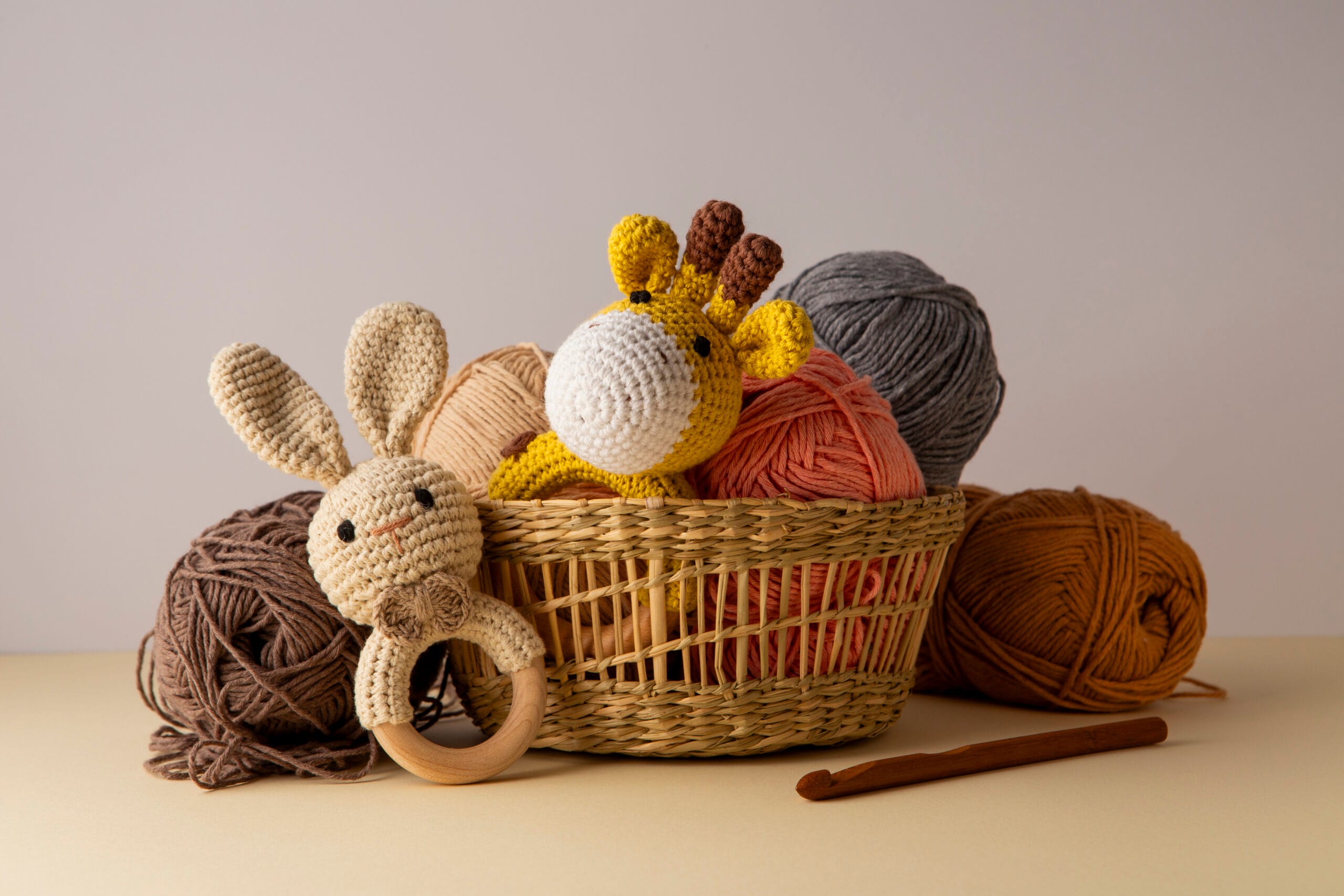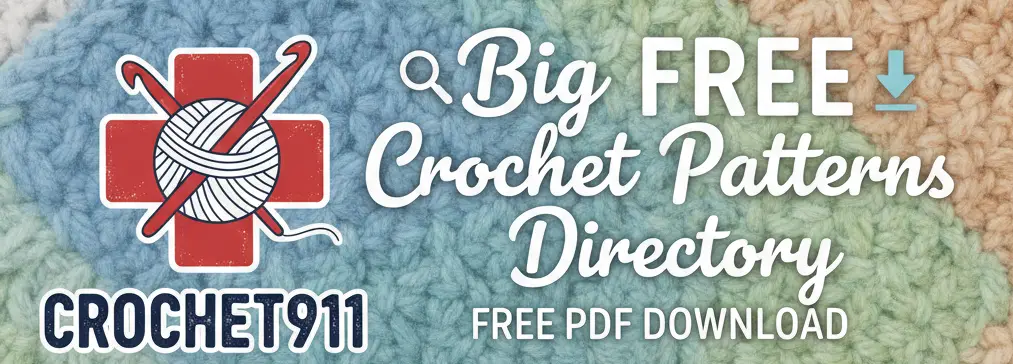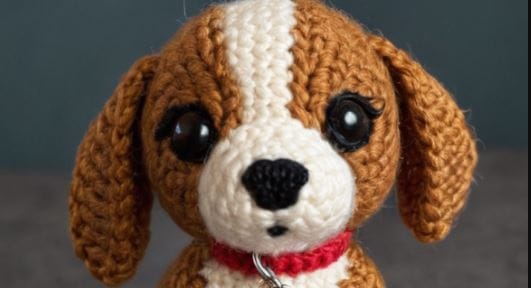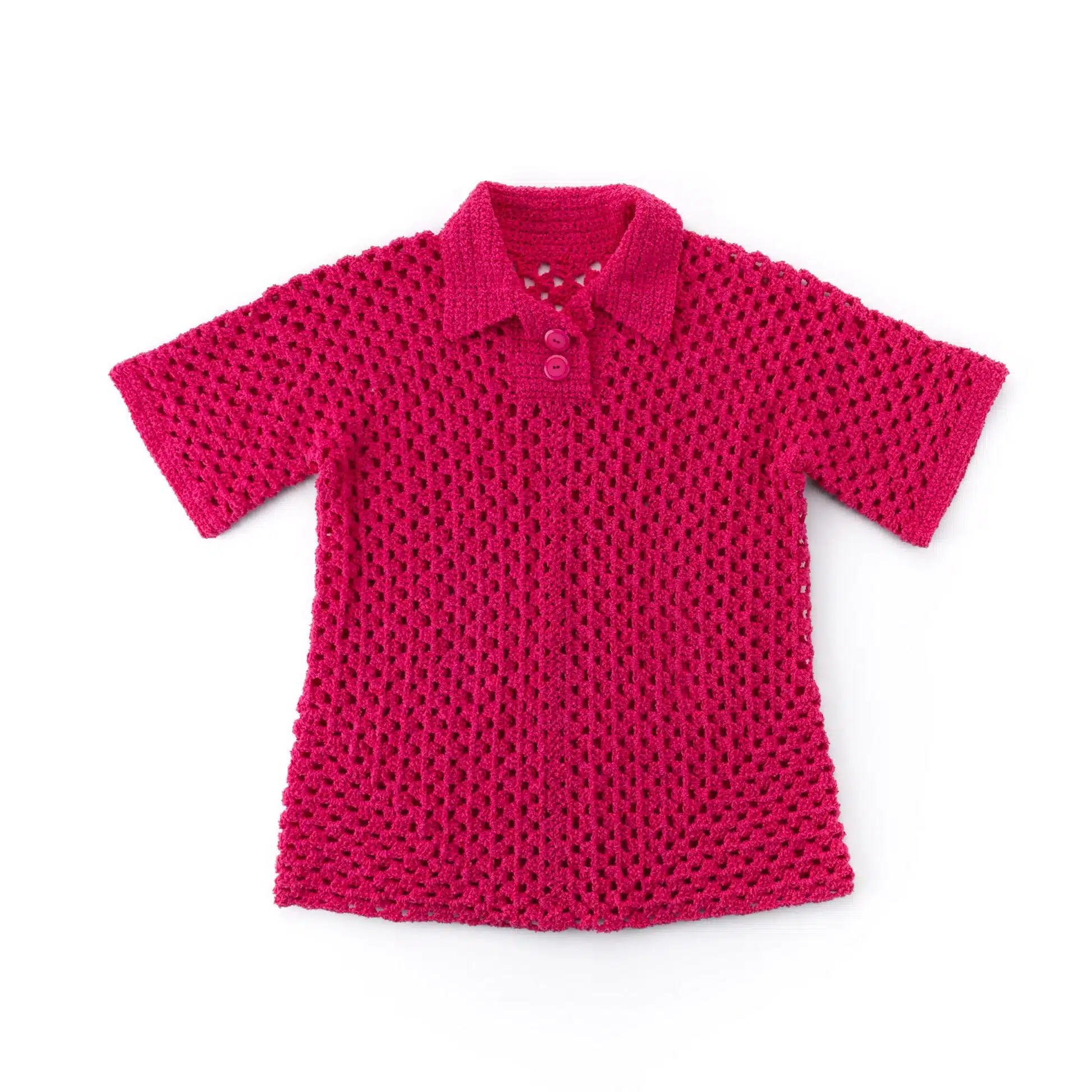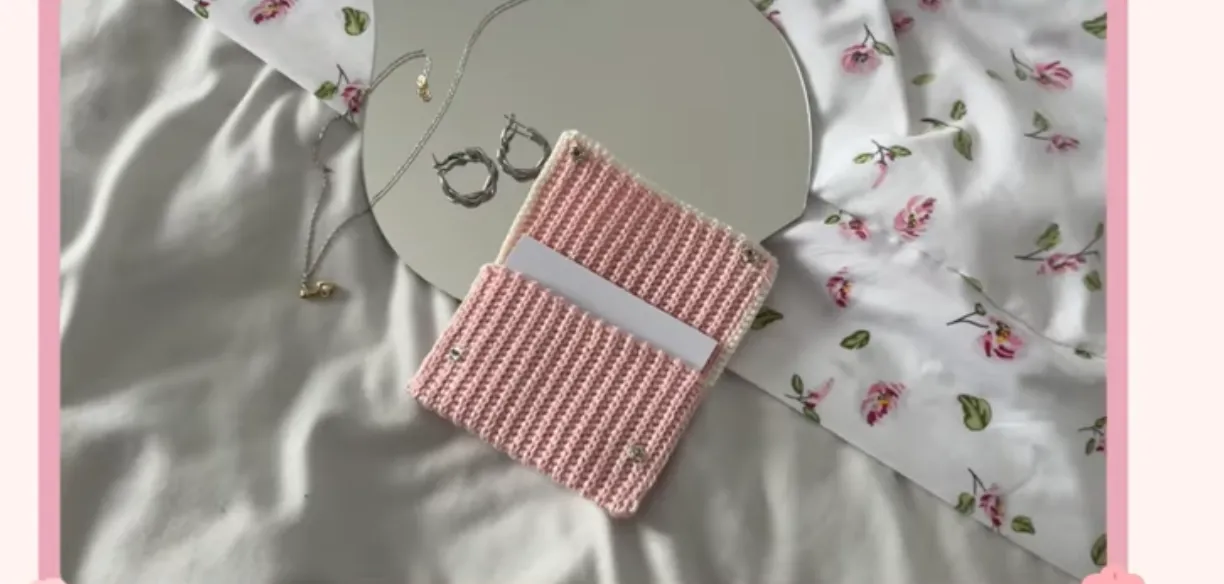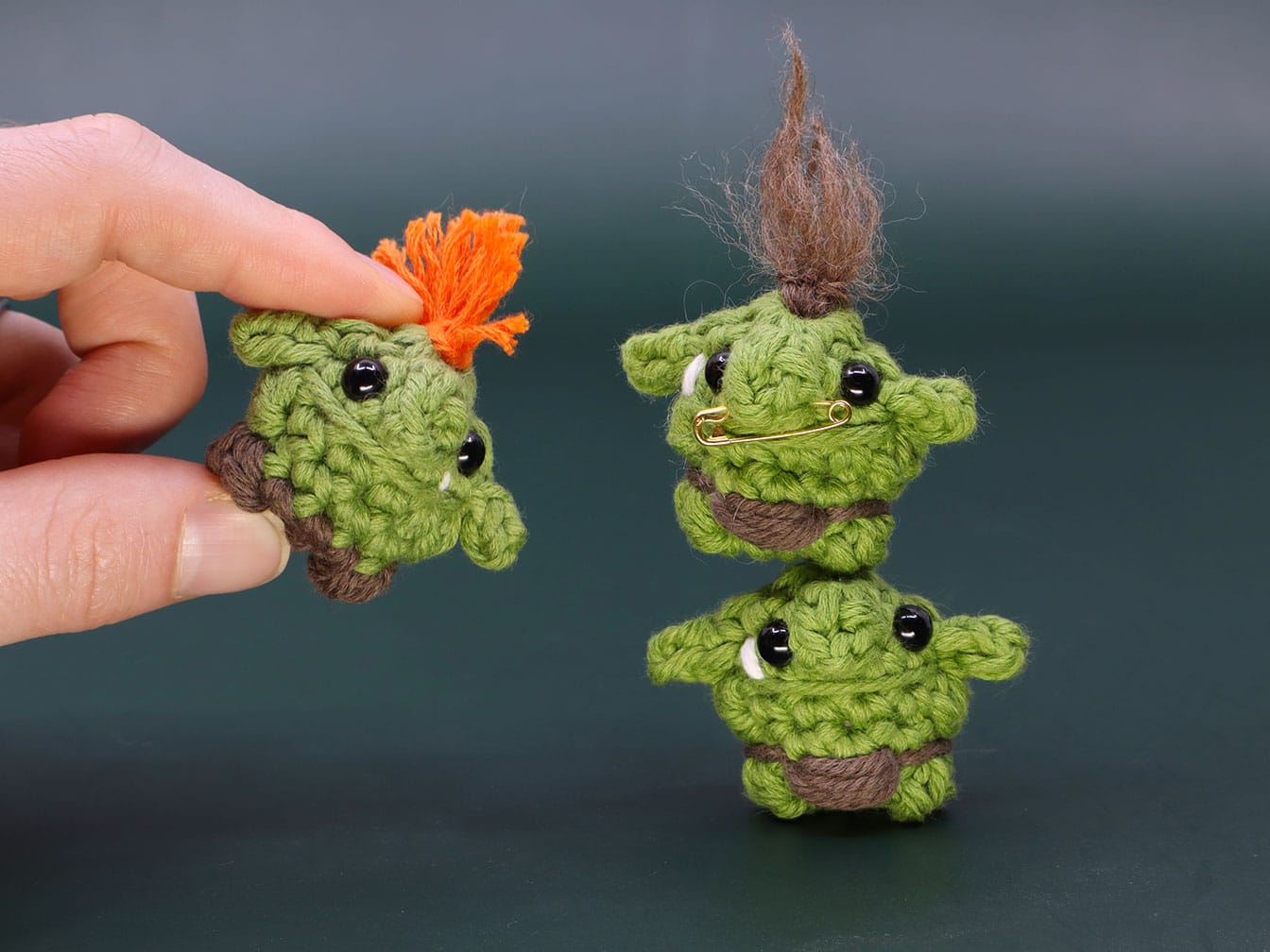How to Crochet for Beginners: Tips and Tricks for Success 2025
Crocheting transforms a simple strand of yarn into beautiful, handcrafted creations using just a hook and your creativity. This timeless craft lets you create everything from cozy blankets to stylish accessories, making it a versatile skill worth mastering.
Learning to crochet opens up a world of possibilities:
- Creative Expression: Design unique pieces that reflect your personal style
- Stress Relief: Experience the calming, meditative effects of repetitive stitching
- Handmade Gifts: Create meaningful presents for friends and family
- Sustainable Living: Reduce waste by making and repairing items yourself
As a beginner, you’ll start with basic supplies and simple stitches. Your first projects might show uneven tension or missed stitches – these are natural steps in the learning process. You’ll develop muscle memory through practice, watching your skills improve with each project.
The crochet journey is rewarding yet challenging. You’ll learn to read patterns, choose appropriate materials, and develop your own creative style. The crochet community welcomes beginners with open arms, offering support through online forums, local groups, and countless tutorials.
Ready to pick up your first hook? Let’s explore the essential tools, techniques, and tips you need to start your crochet adventure.
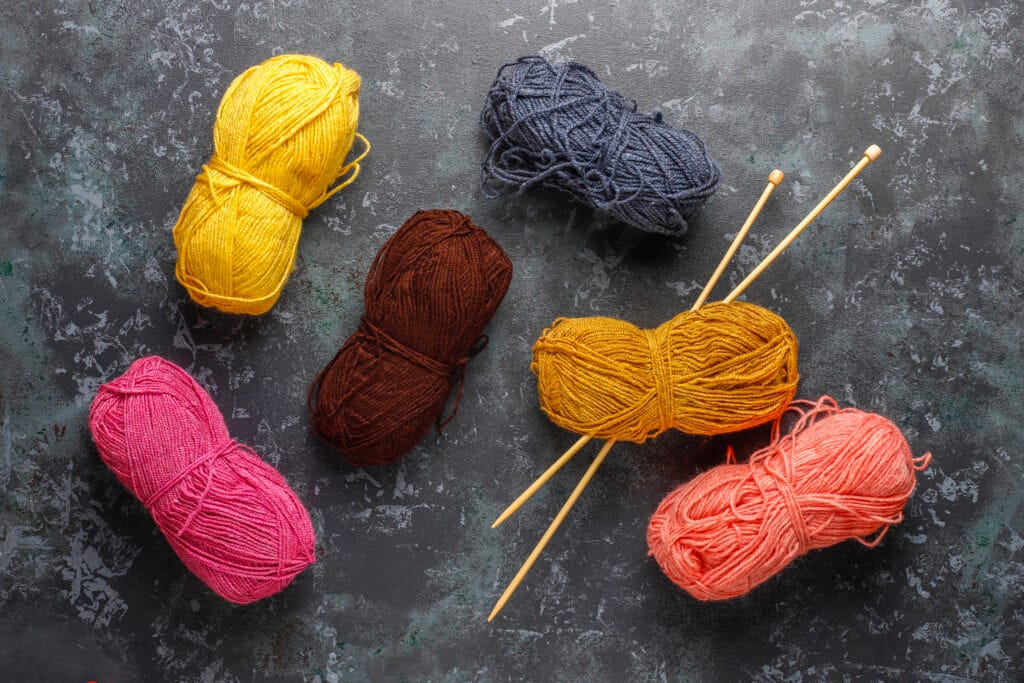
1. Getting Started with Crocheting
Starting your crochet journey requires the right tools. A well-chosen set of basic supplies empowers you to create beautiful projects while maintaining comfort during long crafting sessions.
Choosing the Right Crochet Hooks
Your crochet hook serves as your primary tool, making its selection crucial for success. Each hook type offers unique benefits:
Metal Hooks
- Smooth surface allows yarn to glide effortlessly
- Durable and long-lasting
- Available in a wide range of sizes
- Ideal for working with most yarn types
- Perfect for achieving consistent tension
Plastic Hooks
- Lightweight and gentle on hands
- Budget-friendly option
- Warm to touch
- Suitable for chunky yarns
- Available in bright colors for better visibility
Bamboo Hooks
- Eco-friendly option
- Natural grip prevents yarn slipping
- Lightweight yet sturdy
- Warm to touch
- Excellent for wool and natural fibers
Hook Sizes
The size of your hook impacts your finished project:
- 2.25mm – 3.5mm (B-E): Fine projects like doilies
- 3.75mm – 5mm (F-H): Most common sizes for beginners
- 5.5mm – 6.5mm (I-K): Chunky scarves and blankets
- 9mm+ (M+): Super bulky projects
Ergonomic Considerations
Your comfort dictates your crocheting success. Look for these features:
- Padded handles reduce hand strain
- Thumb rests prevent finger fatigue
- Non-slip grips maintain control
- Handle length suits your hand size
- Smooth joins between handle and hook
Hook Selection Tips
- Start with a 5mm (H) hook for practice
- Choose hooks matching your yarn weight
- Test different materials to find your preference
- Consider investing in an ergonomic set
- Keep multiple sizes handy for gauge adjustments
The right hook transforms challenging projects into enjoyable creative sessions. A comfortable grip reduces hand fatigue, letting you crochet longer. Your chosen hook material affects both your crafting experience and the final outcome of your work.
Selecting the Right Yarn
Choosing the right yarn is crucial for your crochet journey. As a beginner, it’s important to select yarns that are easy to work with and clearly display your stitches.
Beginner-Friendly Yarn Options:
- Brava Worsted: A smooth, affordable acrylic yarn perfect for learning
- Dishie: Cotton yarn with excellent stitch definition
- Lion Brand Basic Stitch: Medium-weight yarn that doesn’t split easily
- Red Heart Super Saver: Durable and widely available
Understanding Yarn Weight
Yarn weight refers to the thickness of the yarn and affects how your project will turn out. The yarn weight system ranges from 0 (lace) to 7 (jumbo). For beginners, it’s best to stick with:
- Weight 4 (Worsted/Medium)
- Weight 5 (Bulky)
These weights are easier to handle and help you see your stitches clearly.
Color Selection Tips
When choosing yarn colors, keep these tips in mind:
- Choose light or solid colors
- Avoid dark shades that hide stitch details
- Skip variegated yarns until you’re comfortable with basic stitches
Yarn Label Guide
Before purchasing yarn, make sure to check the following information on the label:
- Recommended hook size
- Yarn weight symbol
- Care instructions
- Yardage for your project
Your choice of yarn directly impacts the outcome of your project. Lighter-weight yarns create delicate, drapey fabrics, while bulkier yarns work up quickly into warm, sturdy items. Start with medium-weight yarns in light colors to build your confidence and develop consistent tension.
2. Learning Basic Stitches
Basic stitches serve as the foundation of your crochet journey. These essential techniques unlock endless possibilities for creating beautiful projects. Let’s dive into the three fundamental stitches you need to master.
Chain Stitch (ch)
The chain stitch creates the starting point for your projects. Here’s how to make it:
- Create a slip knot on your hook
- Hold the working yarn in your left hand
- Wrap the yarn around your hook (yarn over)
- Pull the wrapped yarn through the loop on your hook
- Repeat steps 3-4 until you reach your desired chain length
Single Crochet (sc)
Single crochet creates a tight, sturdy fabric perfect for amigurumi and washcloths:
- Insert hook into the second chain from hook
- Yarn over
- Pull yarn through the chain stitch
- Yarn over again
- Pull through both loops on hook
Double Crochet (dc)
Double crochet builds height quickly and creates a more open, lacy texture:
- Yarn over
- Insert hook into third chain from hook
- Yarn over
- Pull through chain stitch
- Yarn over
- Pull through first two loops on hook
- Yarn over
- Pull through remaining two loops
Practice Tips
- Work on one stitch type until you feel comfortable with the motion
- Count your stitches in each row to maintain consistency
- Practice maintaining the same tension throughout your work
- Try working in rows of 20 stitches to build muscle memory
Common Mistakes to Watch
- Skipping stitches: Count your stitches regularly
- Uneven tension: Keep your yarn grip consistent
- Wrong stitch placement: Always identify where your next stitch belongs
- Incorrect yarn wrapping: Watch the direction you wrap your yarn
Visual Learning Resources
For visual demonstrations of these techniques, check out these trusted resources:
- Crochet Guru – Detailed slow-motion tutorials
- Stitch Academy – Step-by-step video guides
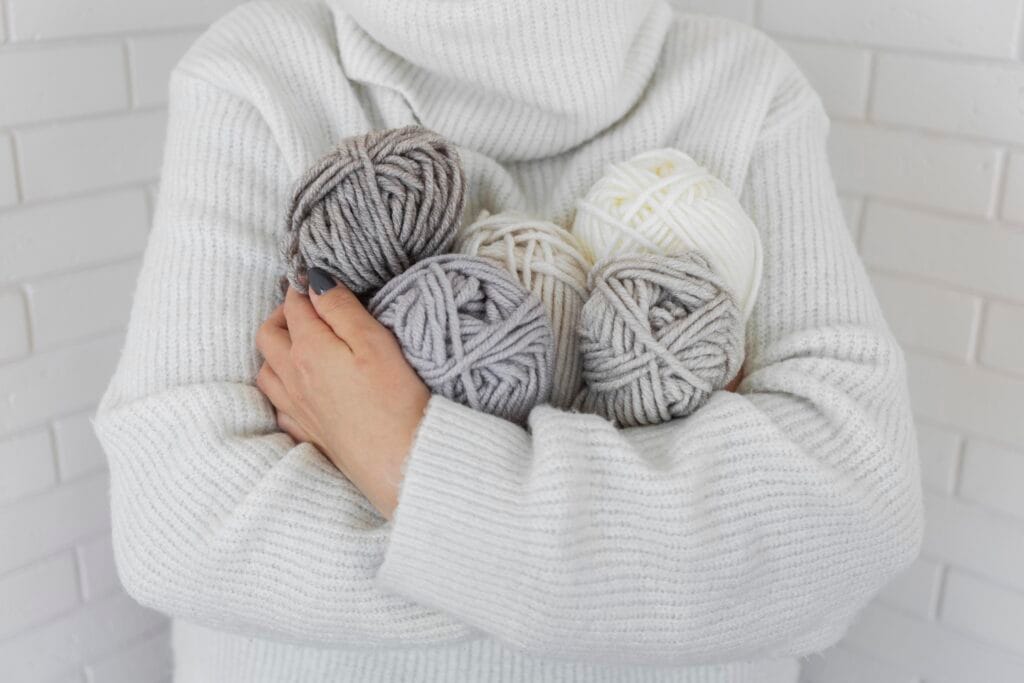
3. Mastering Tension Control
Tension control is a critical skill in crocheting – it determines the consistency, size, and appearance of your stitches. Think of tension as the tightness or looseness of your yarn as you work each stitch. When you maintain proper tension, your finished project looks professional with even, uniform stitches.
- Stitches too tight – creates stiff, rigid fabric
- Stitches too loose – results in holes and uneven appearance
- Inconsistent tension – leads to wavy edges and irregular patterns
- Hold Your Yarn Right
- Create a loose loop around your pinky finger
- Weave the yarn over your ring finger, under middle finger
- Rest it over your index finger for control
- Practice Your Grip
- Hold your hook like a pencil
- Keep wrists relaxed
- Maintain a gentle, consistent pull on the yarn
- Check Your Work
- Count spaces between stitches
- Measure stitch height regularly
- Compare current row with previous rows
Quick Tension Fixes:
- Adjust your grip if stitches feel too tight
- Slow down your crocheting pace
- Practice with lighter colored yarns to see stitch formation clearly
- Use stitch markers to maintain even spacing
Remember: Your tension might vary based on your mood, posture, or even the time of day. Regular practice helps develop muscle memory, leading to naturally consistent tension in your work.
4. Using Tools for Success
Success in crocheting relies heavily on using the right tools at the right time. Let’s explore two game-changing tools that can transform your crocheting experience.
Stitch Markers: Your Project’s Best Friend
Stitch markers serve as crucial navigation points in your crocheting journey. These small but mighty tools:
- Mark the beginning and end of rounds
- Highlight pattern repeats
- Keep track of increases and decreases
- Help maintain stitch count accuracy
- Prevent unraveling during breaks
Pro tip: Use different colored markers to indicate different pattern sections or stitch types.
Gauge Swatches: The Foundation of Perfect Fit
A gauge swatch is your project’s insurance policy. Creating a 4×4 inch test square helps you:
- Match your tension to the pattern requirements
- Calculate accurate project dimensions
- Test yarn and hook compatibility
- Practice new stitch patterns
- Save time and materials on larger projects
Creating an Effective Gauge Swatch:
- Chain 20-25 stitches
- Work in pattern for 20-25 rows
- Measure the center 4 inches
- Count stitches and rows within that space
- Compare with pattern requirements
Your gauge swatch should be treated as a vital part of your project preparation. If your measurements don’t match the pattern, adjust your hook size accordingly – go up a size if you have too many stitches, down if you have too few.
5. Embracing Mistakes and Learning from Them
Let’s address the elephant in the room – mistakes happen, a lot. Your first crochet project might look wonky, have uneven edges, or feature mysterious holes. These aren’t failures – they’re stepping stones to mastery.
Common Beginner “Mistakes” That Actually Help You Learn:
- Dropped stitches teach you stitch recognition
- Uneven tension builds muscle memory
- Twisted chains improve your yarn control
- Miscounted rows sharpen your counting skills
Your imperfect projects tell a story of growth. That scarf with the accidentally increased stitches? It’s proof you’re developing your own creative style. The dishcloth with varying tension? It shows your hands learning to dance with the yarn.
Think of crocheting like learning a new language. You’ll make pronunciation mistakes, use wrong words, and construct awkward sentences. Each “error” brings you closer to fluency.
Transform Mistakes into Creative Opportunities:
- Uneven edges can become intentional texture
- Missed stitches might inspire unique patterns
- Color changes in wrong places could spark new design ideas
Remember: experienced crocheters still make mistakes. The difference? They’ve learned to work with them, around them, or turn them into features. Some of the most innovative crochet designs started as happy accidents.
Keep a growth mindset as you practice. Each project teaches you something new about tension, stitch patterns, or yarn behavior. Document your progress – take photos of your early work. You’ll be amazed at how far you’ve come when you look back at these learning pieces.
6. Exploring Patterns and Projects
Starting your crochet journey with simple patterns builds confidence and helps you master essential techniques. Here’s a curated list of beginner-friendly projects to kickstart your crafting adventure:
Easy Starter Projects:
- Square dishcloths using single crochet
- Basic scarves with repetitive stitch patterns
- Simple headbands worked in rows
- Coasters using basic shapes
- Rectangle-shaped placemats
These projects allow you to practice fundamental stitches while creating functional items. You’ll notice your skills improving with each completed piece.
Project Progression Path:
- Basic Rectangles: Start with items requiring straight lines
- Simple Shapes: Move to projects involving circles or squares
- Basic Accessories: Try hats or fingerless gloves
- Home Decor: Attempt throw pillows or simple blankets
- Wearables: Graduate to simple sweaters or cardigans
Tips for Pattern Success:
- Read through patterns completely before starting
- Check your gauge with a test swatch
- Take photos of your progress
- Start with patterns labeled “beginner-friendly”
- Choose projects using familiar stitches
As your confidence grows, experiment with different yarn weights and textures. Try adding simple color changes or basic stitch combinations to familiar patterns. Each new project builds upon your existing skills, creating a natural progression toward more complex designs.
Remember to save patterns you’d like to try in the future. Creating a digital collection of inspiring projects gives you clear goals to work toward as your abilities expand.
7. Keeping Supplies Organized
A well-organized crafting space enhances your crocheting experience. Your crochet toolkit needs specific items beyond the basic hooks and yarn:
Essential Supplies for Your Crochet Kit:
- Sharp scissors dedicated to yarn cutting
- Flexible measuring tape for sizing
- Stitch markers in various colors
- Tapestry needles for weaving ends
- Row counter to track progress
- Project notebook for pattern notes
- Small containers for notions
- Blocking mats and pins
Creating an Efficient Workspace
Your crafting area needs proper organization to maintain productivity. Set up designated zones:
1. Active Project Zone
- Keep current project supplies within arm’s reach
- Use project bags to contain loose materials
- Place frequently used tools in magnetic holders
2. Storage Solutions
- Install clear containers for yarn organization
- Label boxes by yarn weight or fiber type
- Use vertical space with wall-mounted organizers
- Store hooks in roll-up cases by size
3. Pattern Management
- Create a digital filing system for downloaded patterns
- Use sheet protectors for printed patterns
- Keep a pattern binder with tabs for different categories
Quick Tips for Supply Management:
- Store yarn in airtight containers to protect from dust and moths
- Wind hanks into balls before starting projects
- Keep scissors attached to a retractable cord
- Use fishing tackle boxes for small notions
- Place frequently used items in clear containers for visibility
A tidy workspace reduces stress and helps you focus on your projects. Regular maintenance of your crafting area prevents lost supplies and tangled yarn.
8. Cultivating Mindfulness and Patience
Crocheting offers a unique pathway to mindfulness – each stitch becomes a form of meditation. As you develop your rhythm, the repetitive motion of the hook and yarn creates a calming effect, allowing your mind to settle into a peaceful state.
Mental Health Benefits of Crocheting:
- Reduced anxiety through focused attention
- Lower stress levels with rhythmic movements
- Enhanced mental clarity during project completion
- Improved mood through creative expression
The craft teaches valuable lessons in patience. Your first attempts might result in uneven stitches or tangled yarn, but these moments build resilience. Each project becomes an exercise in self-compassion and growth.
Building Patience Through Practice:
- Start with simple projects to build confidence
- Set realistic expectations for skill development
- Practice mindful breathing while working
- Take breaks when feeling frustrated
Many crocheters report entering a “flow state” – a mental zone where time seems to pause. This meditative state helps reduce daily stress while creating something beautiful. The gentle clicking of hooks and soft texture of yarn engage your senses, grounding you in the present moment.
Your crochet practice can become a daily ritual of self-care. Whether you work on projects for 15 minutes or several hours, each session offers an opportunity to disconnect from digital distractions and connect with your creative spirit.
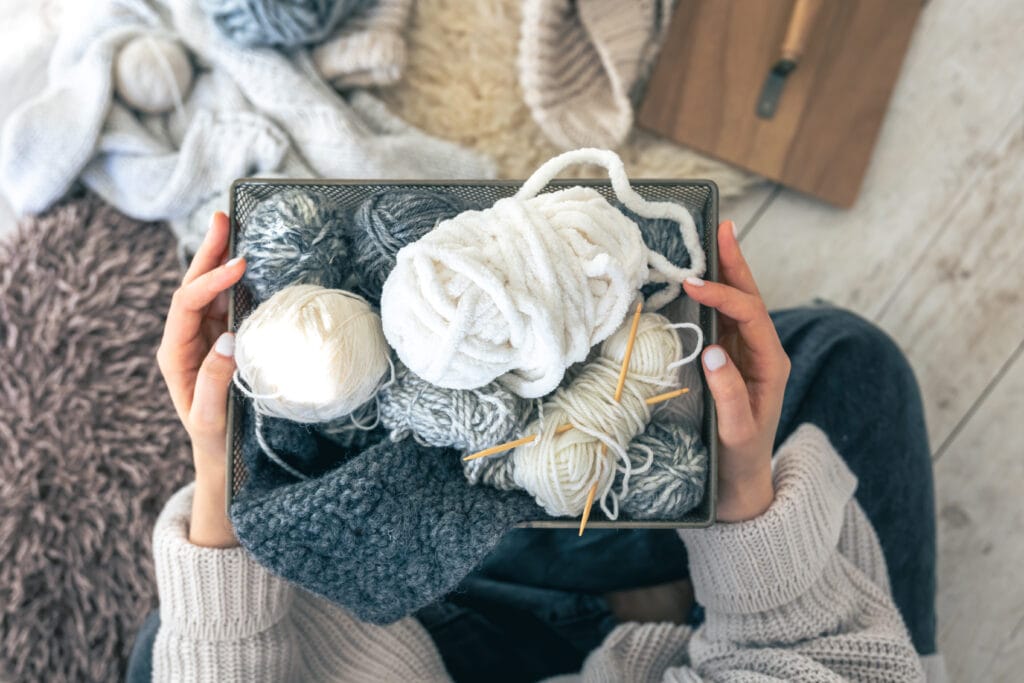
Conclusion
Your crochet journey is just beginning, and the possibilities ahead are endless. The art of crochet offers a rewarding path to creativity, self-expression, and personal growth.
Key Takeaways for Your Crochet Journey:
- Start with quality beginner-friendly tools
- Master basic stitches before advancing
- Practice tension control consistently
- Embrace mistakes as learning opportunities
- Connect with fellow crocheters
Remember that every experienced crocheter started exactly where you are now. Your first stitches might not be perfect, but each project brings new skills and confidence. The crochet community welcomes crafters at all skill levels, offering support, inspiration, and friendship.
Ready to Start Crocheting?
Pick up your hook, choose a simple project, and let your creativity flow. Whether you create cozy scarves, practical dishcloths, or intricate blankets, each piece you make carries your unique touch.
The world of crochet awaits you with:
- Endless pattern possibilities
- New techniques to discover
- Creative challenges to tackle
- A supportive community to join
Take that first step, make that first chain, and watch your crochet skills grow stitch by stitch.
Video Tutorial
Conclusion
Crocheting opens a world of creative possibilities, where each stitch brings you closer to mastering this rewarding craft. Your journey begins with simple chains and evolves into beautiful, handmade creations that reflect your dedication and skill.
Remember these key elements for success:
- Practice consistently – Set aside dedicated time each day to work on your projects
- Start small – Build confidence through simple projects before tackling complex patterns
- Trust the process – Each mistake teaches valuable lessons about technique and tension
- Connect with others – Share your progress and learn from experienced crocheters
The crochet community welcomes beginners with open arms, offering support, inspiration, and guidance. Your unique perspective and creativity will add to this rich tapestry of makers.
As you progress, you’ll discover that crocheting becomes more than just a hobby—it transforms into a form of self-expression, stress relief, and personal achievement. Each completed project strengthens your skills and builds your confidence.
Take pride in your work, celebrate small victories, and keep exploring new patterns and techniques. Your crochet journey is uniquely yours, filled with endless opportunities to create, learn, and grow.
FAQs (Frequently Asked Questions)
What are the essential tools needed for beginners in crocheting?
Beginners should start with a few essential tools, including a crochet hook (preferably ergonomic for comfort), yarn (beginner-friendly options like Brava Worsted or Dishie), scissors, and a tape measure. These supplies will help you get started on your crocheting journey.
How do I choose the right crochet hook for my projects?
When selecting a crochet hook, consider the material (metal, plastic, bamboo) and the size that matches your yarn weight. Ergonomic hooks can provide better grip and comfort, making it easier to work on longer projects.
What basic stitches should beginners learn first in crocheting?
Beginners should focus on mastering foundational stitches such as the chain stitch, single crochet, and double crochet. These stitches serve as building blocks for more complex patterns and projects.
Why is tension control important in crocheting?
Tension control is crucial because it affects the consistency of your stitches. Maintaining even tension ensures that your project looks neat and professional. Practice holding your yarn and hook with a consistent grip to improve this skill.
How can I embrace mistakes while learning to crochet?
Embracing mistakes is part of the learning process in crocheting. Instead of striving for perfection, view errors as opportunities for growth and creativity. Each mistake teaches you something new about the craft.
What are some beginner-friendly crochet projects to try?
New crocheters can start with simple projects like scarves or dishcloths. These patterns are easy to follow and allow you to practice basic stitches while gradually building confidence before moving on to more complex designs.

